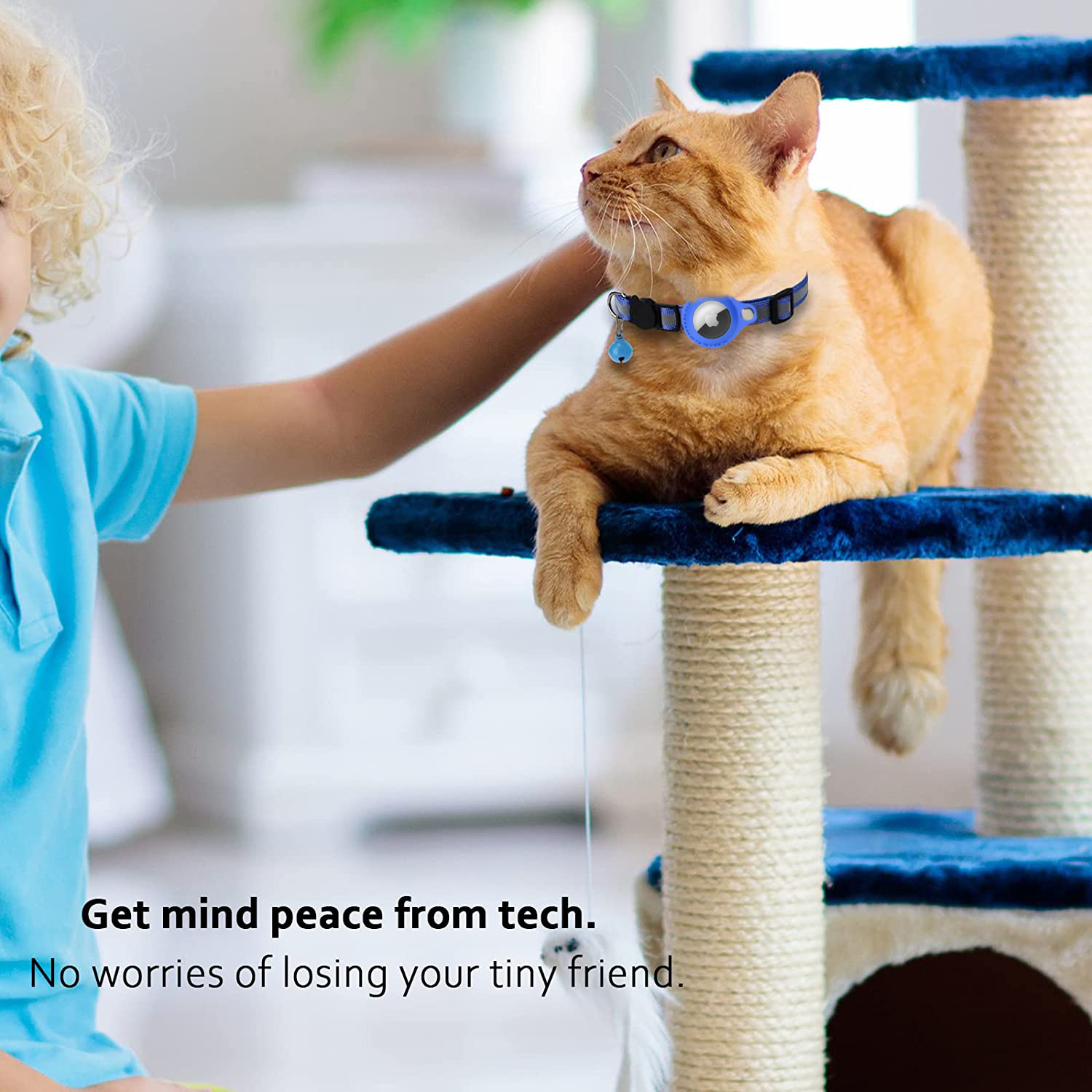Understanding the Relationship: Do Labs Get Along with Cats?
#### Do Labs Get Along with Cats?When considering adding a new pet to your household, especially if you already have a beloved cat, it's essential to unders……
#### Do Labs Get Along with Cats?
When considering adding a new pet to your household, especially if you already have a beloved cat, it's essential to understand the dynamics between different species. One common question many pet owners ask is: **do labs get along with cats?** Labrador Retrievers, known for their friendly and outgoing nature, often make wonderful companions. However, the relationship between Labs and cats can vary depending on several factors, including the individual dog's temperament, the cat's personality, and the introduction process.
#### The Temperament of Labrador Retrievers
Labrador Retrievers are renowned for their gentle disposition, intelligence, and sociability. These dogs are typically very friendly, not only with humans but also with other animals. Their playful nature can sometimes be overwhelming for a more reserved cat. Nonetheless, many Labs have a natural instinct to befriend other pets, making them likely to get along well with a cat if introduced correctly.
#### The Personality of Cats
Cats, on the other hand, can be quite independent and territorial. Their reactions to a new dog in the house can vary significantly. Some cats are more adaptable and may quickly accept a Labrador as part of the family, while others may be more cautious or even fearful. Understanding your cat's personality is crucial in determining how well they might coexist with a Lab.
#### The Importance of Proper Introduction

The introduction process between a Labrador and a cat is critical in determining their future relationship. Here are some steps to ensure a smooth introduction:
1. **Separate Spaces**: Initially, keep the dog and cat in separate areas of the house. This allows them to get used to each other's scent without direct contact.
2. **Controlled Introductions**: When you feel both pets are ready, introduce them in a controlled environment. Keep the Lab on a leash and allow the cat to approach at its own pace.
3. **Positive Reinforcement**: Reward both pets with treats and praise for calm behavior during introductions. This helps them associate each other with positive experiences.
4. **Supervised Interactions**: Continue to supervise their interactions until you are confident they can coexist peacefully.
5. **Safe Spaces**: Ensure that your cat has places to escape to if it feels threatened or overwhelmed. High perches or separate rooms can provide a safe haven.

#### Signs of Compatibility
As the two animals interact, watch for signs that they are getting along. Positive signs include:
- Mutual curiosity: Both the Lab and cat show interest in each other without signs of aggression.
- Playful behavior: The Lab may engage in gentle play, and the cat may respond positively rather than retreating.
- Relaxed body language: Both pets appear comfortable and relaxed, with wagging tails and open postures from the Lab and a calm demeanor from the cat.
#### Challenges to Anticipate

While many Labs and cats can become great companions, challenges may arise. Labs are known for their high energy levels, which can be intimidating for a more sedentary cat. Additionally, if a Lab has a strong prey drive, it might see the cat as something to chase. It's essential to monitor their behavior closely and intervene if necessary.
#### Conclusion
In summary, the question **do labs get along with cats?** often has a positive answer, but it heavily depends on the individual animals and how they are introduced. With patience, proper training, and careful supervision, many Labs and cats can live harmoniously together, enriching each other's lives and creating a joyful household. If you are considering adding a Labrador to your family with an existing cat, take the time to ensure a smooth transition, and you may end up with a loving multi-pet home.